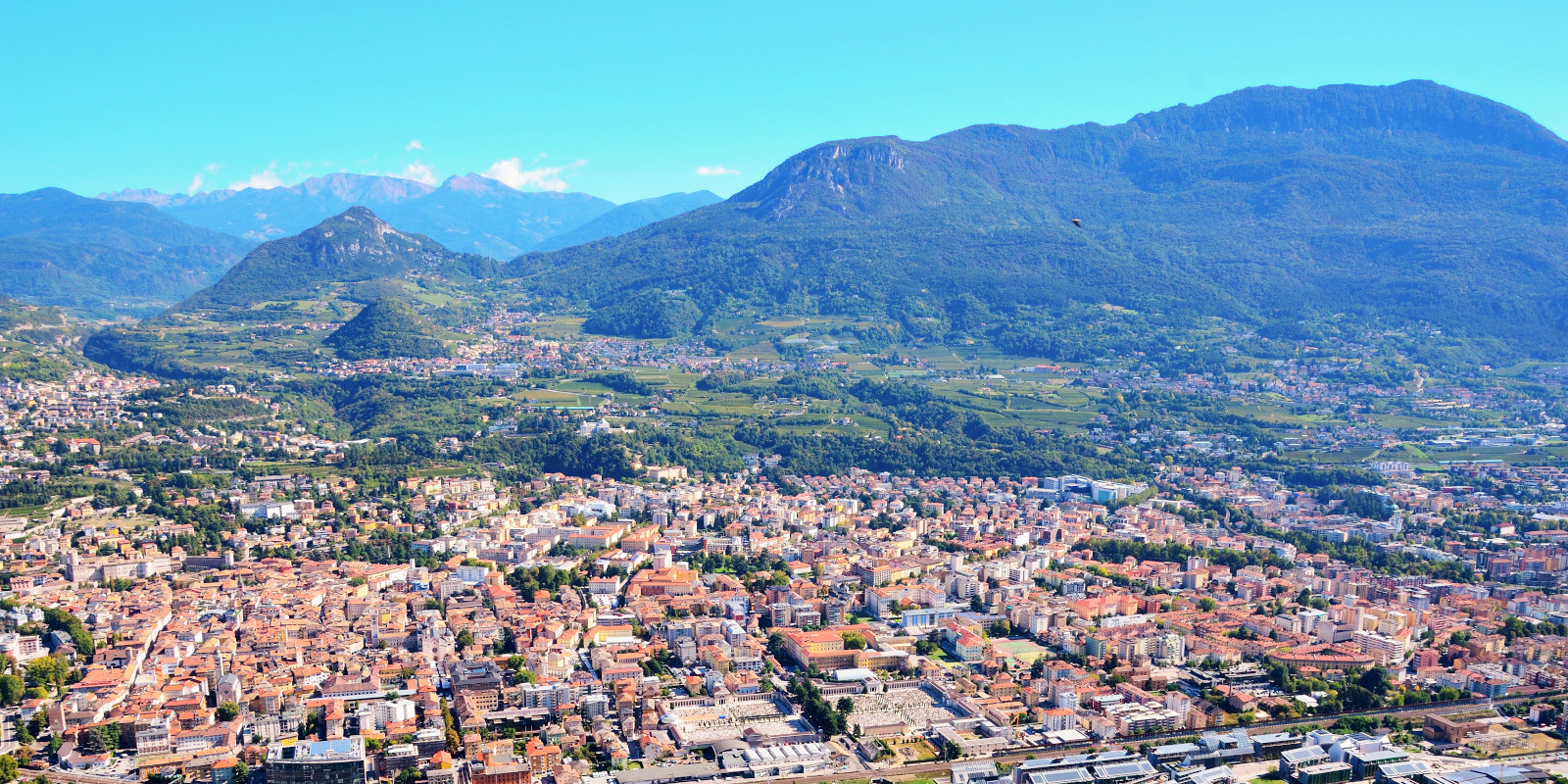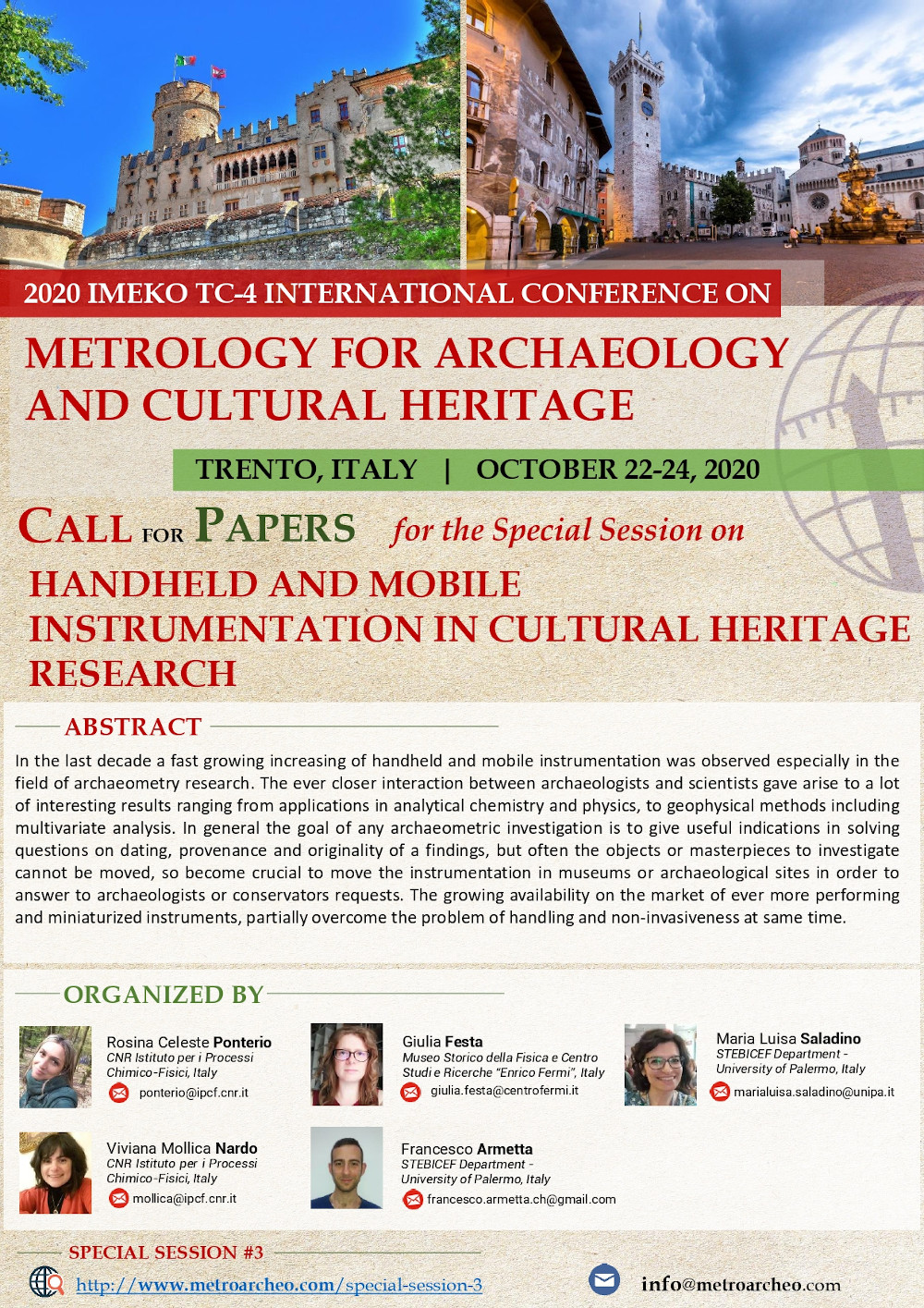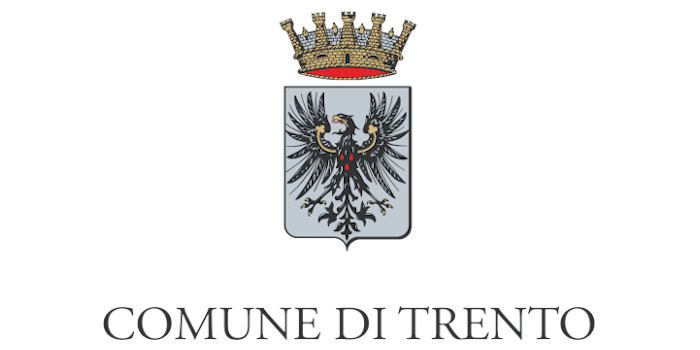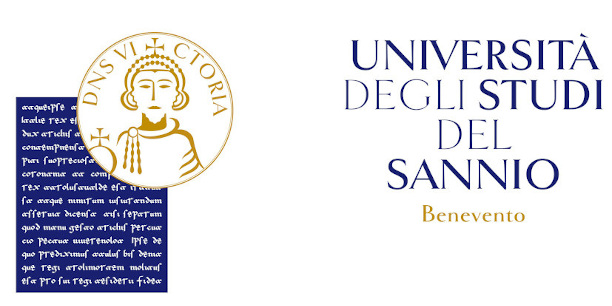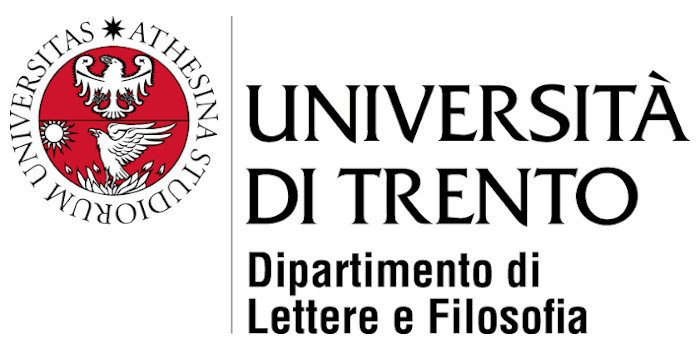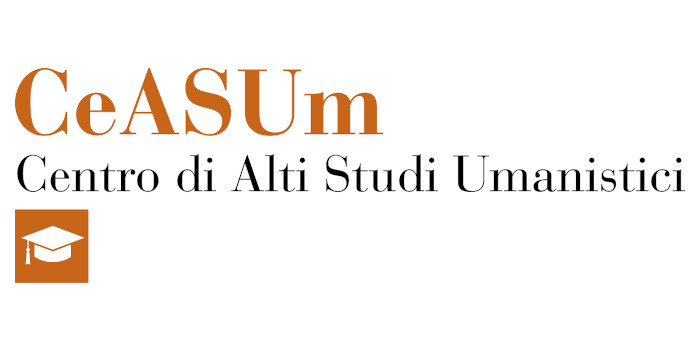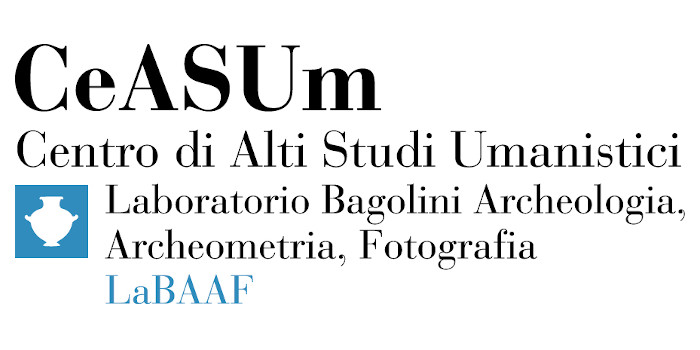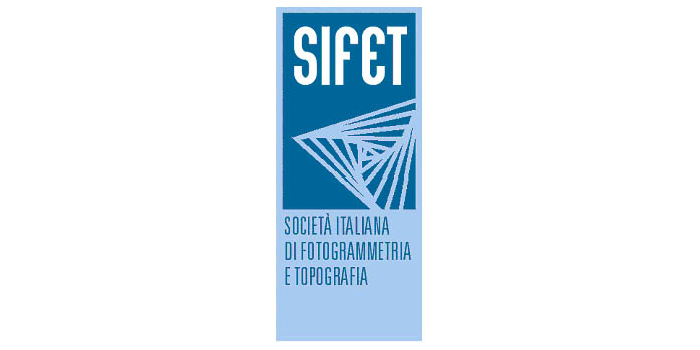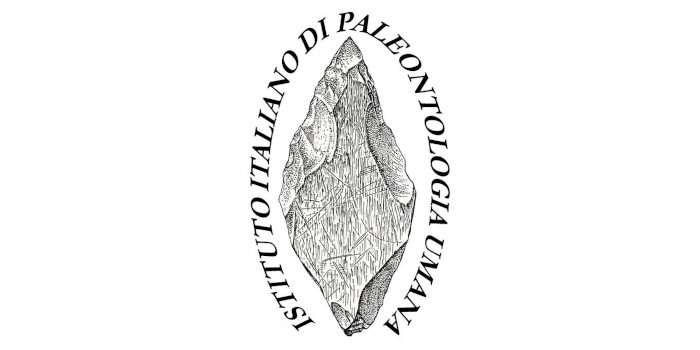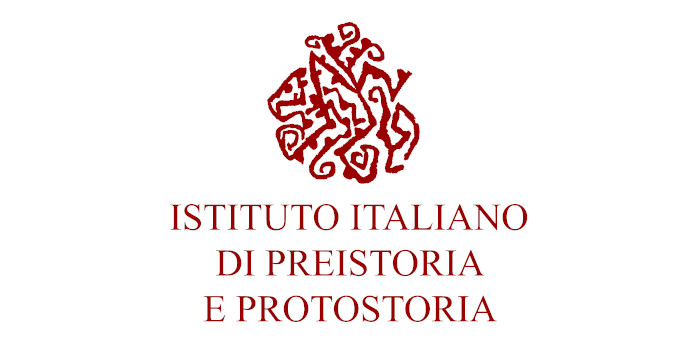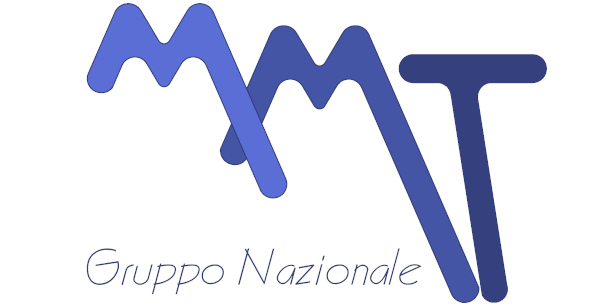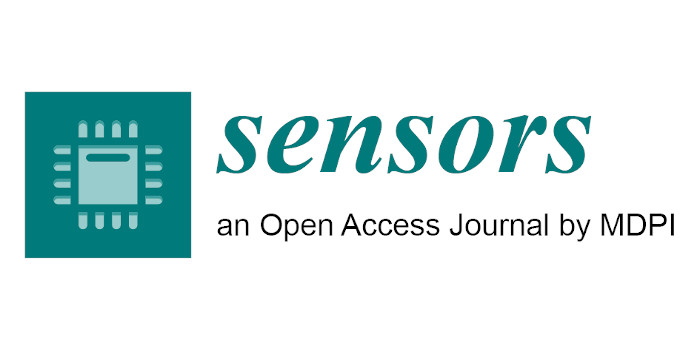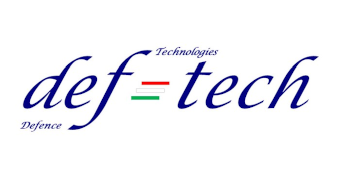HANDHELD AND MOBILE INSTRUMENTATION IN CULTURAL HERITAGE RESEARCH
ORGANIZED BY
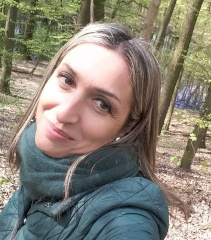
Rosina Celeste Ponterio
CNR Istituto per i Processi Chimico-Fisici, Italy
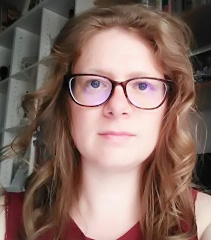
Giulia Festa
Museo Storico della Fisica e Centro Studi e Ricerche “Enrico Fermi”, Italy
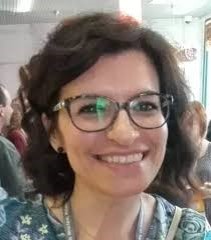
Maria Luisa Saladino
STEBICEF Department - University of Palermo, Italy
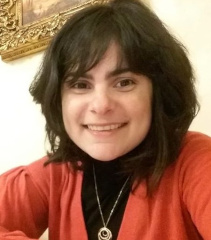
Viviana Mollica Nardo
CNR Istituto per i Processi Chimico-Fisici, Italy
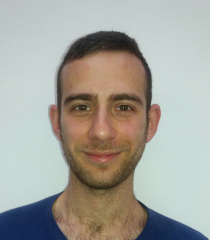
Francesco Armetta
STEBICEF Department - University of Palermo, Italy
ABSTRACT
In the last decade a fast growing increasing of handheld and mobile instrumentation was observed especially in the field of archaeometry research. The ever closer interaction between archaeologists and scientists gave arise to a lot of interesting results ranging from applications in analytical chemistry and physics, to geophysical methods including multivariate analysis. In general the goal of any archaeometric investigation is to give useful indications in solving questions on dating, provenance and originality of a findings, but often the objects or masterpieces to investigate cannot be moved, so become crucial to move the instrumentation in museums or archaeological sites in order to answer to archaeologists or conservators requests. The growing availability on the market of ever more performing and miniaturized instruments, partially overcome the problem of handling and non-invasiveness at same time.
ABOUT THE ORGANIZERS
Rosina Celeste Ponterio: Researcher at the CNR-IPCF. She received her master degree in Physics on March 1993 at University of Messina. In 2000 she obtained her Ph.D. degree at the laser spectroscopy laboratory of Physics Department at Messina university. From 2001 she holds a permanent position as researcher at CNR, Istituto per i Processi Chimico-Fisici. The research of Dr. Ponterio focuses on the various application vibrational spectroscopy, in particular Raman spectroscopy (SERS, Raman, Ft-Raman) and most in general on laser based spectroscopy techniques in the field of materials science and cultural heritage. Her interest is also in neutrons based techniques (especially diffraction, tomography and neutron imaging) and instrumentation development, she has been carrying out this research and experiments at European facilities of ISIS (Uk). Since 2006 to the present, she is Principal Investigator of a number of neutron experiments performed at STFC-ISIS neutron source and she is part of the IPCF – CNR Messina team of researchers who, within PANAREA project, designed and implemented an energy resolved tomographic (neutron) chamber and installed in the IMAT beamline at the RAL (UK).
Giulia Festa is an experimental physicist at the Museo Storico della Fisica e Centro Studi e Ricerche “Enrico Fermi” in Rome (Italy) and her research focuses on both development of neutron instrumentation and analysis of materials applied to cultural heritage, anthropology and medicine at the nanoscale. These techniques include Diffraction, Gamma Spectroscopy, Neutron Resonance Analysis and neutron Imaging. She serving as referee for several international journals and co-editor of a book “Neutron Methods for Archaeology and Cultural Heritage” (2017) edited by Springer International Publishing. Since 2006 Giulia Festa performs part of her activities at international laboratories, also in collaboration with researchers worldwide and participating to the design and realization of neutron instrumentation. She is Principal Investigator of more than 25 neutron experiments performed at European International Large Infrastructures such as STFC-ISIS neutron source - UK; Paul Sherrer Institute - Swiss; FRMII, Germany; Budapest Neutron Center – Hungary). Giulia Festa was listed in the New Virtual Special Issue on Women in Physics, 2017 by Elsevier for the research work ‘Research opportunities with compact accelerator-driven neutron sources.’
Maria Luisa Saladino - MS in Chemistry in 2001; PhD in Chemical Sciences in 2008. Since 2019 she is Associate Professor at STEBICEF Department of University of Palermo. The research activity is related to the development of innovative nanostructured materials, such as luminescent nanoparticles, mesoporous silica materials, polymer nanocomposites and controlled release systems for the protection of stone surface and the deacidification for ancient papers. She is also involved in the development of analytical methods for the investigation of artefacts in the field of Cultural Heritage, by using non invasive techniques and multianalytical approaches. Some of the most important investigations were: plated textiles of ancient Egypt in collaboration with Museum of Egypt of Turin, Roman Rostrum of Acqualadrone, Ingots of Gela in collaboration with Soprintendenza del Mare of Sicily, Silver’statues at Museo del Tesoro of San Gennaro in Naples, glass reverse paintings at Museo delle Tradizioni silvo-pastorali di Mistretta (ME), some painted slabs of the STERI’ceeling of Palermo, “Trionfo della Morte” at Abatellis Museo of Palermo, and paintings on canvas such as “Madonna delle Grazie” at Palatina Chapel of Palermo and “Madonna del Rosario” of Antonello da Messina at Museo Regionale di Messina. Scientific production: about 100 among papers, proceeding books and book chapters, about 250 conference presentations/seminars/lectures, in the field of Physical Chemistry, H-index=19, citations=1045. She is author of one Italian patents and editor of a peer-reviewed international journal.
Viviana Mollica Nardo: She received her master degree in Chemistry on 2011 at University of Messina and PhD in Chemical Sciences in 2015. From 2016 her research focuses on the various application vibrational spectroscopy, in particular Raman spectroscopy for the investigation of artefacts in the field of Cultural Heritage (SERS, Raman, Ft-Raman) and in development of innovative nanostructured materials (SERS-Substrates). Since 2016 to the present, she is also involved in diagnostic campaigns with portable instrumentation. Some of the most important investigations concern: artefacts preserved in Museum of Egypt of Turin, some glass reverse paintings at Museo delle Tradizioni silvo-pastorali di Mistretta (ME), two painting of Antonello da Messina at Museo Regionale di Messina, a large clay masks collection of Museo di Lipari and on the painted slab tombs at Paestum archaeological site. Her interest is also in application of computational methods in the study of organic pigments. In particular her studies the theoretical modes with DFT method of molecules of the modern pigments.
Francesco Armetta, graduated in chemistry in the 2013 is a Materials Engineering PhD in Information and Communication Technologies at the Università degli Studi di Palermo. He was also a research grant holder at Centro Nazionale delle Ricerche, performed a six months Advanced Training at the ISIS neutron spallation source of Science and Technology Facilities Council (STFC) in United Kingdom and he worked for six months on "Chemical physical investigation on archaeological samples" at the Università di Camerino. Since 2019 he is three years Researcher at STEBICEF Department of University of Palermo. His interest has been focused on the development of luminescent nanomaterials and archaeometry. He is author of papers concerning the development new synthesis method and characterization of nanomaterials in journals of chemistry and engineering and, more recently, on characterization of archaeological metallic objects recovered in the seabed in collaboration with Soprintendenza del Mare of Sicily. He was several times guest, also for long period, of foreign research institutions in United Kingdom, Germany and Poland. He also attempted to several high level summer school on Neutrons and on Cultural Heritage. Recently he was involved in the organization of Archaeometry and Underwater Archaeology Summer School and of several dissemination events.
